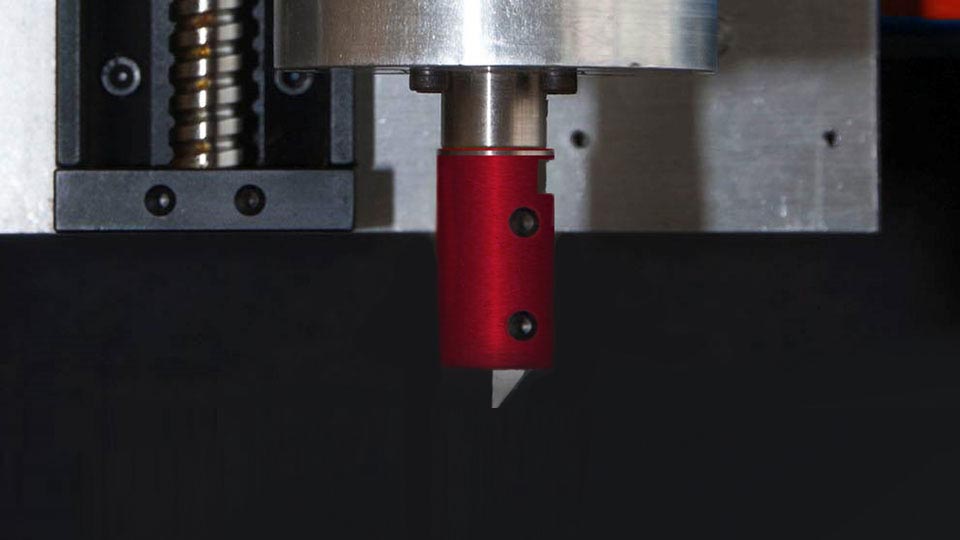Composites are known for their layered design and reinforced strength, however not all composite materials can be cut with the same amount of power and speed. Composite materials come in all shapes, sizes, and thicknesses; therefore, there isn’t an all-inclusive cutting application. Your cutting application must complement the material’s design and make up. For example, using a waterjet to cut car upholstery would be too aggressive and compromise the quality of the finished product. Knife cutting is a very important and versatile cutting application for fragile materials like foam, vinyl, and leather. We interviewed SigmaNEST Project Manager, Kevin Keane, to discuss the top three challenges fabricators encounter when cutting composites with a knife and how they can overcome them.
Top three challenges fabricators face when cutting composites with a knife:
1. Material Bunching
Flexible composite materials like leather and cotton have the tendency to bunch up under the blade during the cutting process. If the machine does not have a mechanism to hold the fabric down then fabricators need to find more creative ways to decrease bunching. One solution is to cut away from the corners on concave corners. A second way to avoid bunching is to use a pizza wheel style blade that pushes the material down, making it easier to cut. The pizza style wheel also allows the knife to make tighter, faster, and more accurate turns. A third way to avoid bunching is to create small tabs in the design of each part that allows for the cuts to be manually pulled apart at the end of the process.
2. Harder Materials Resist Cutting
A second notable challenge is that hard composite material can resist different types of cutting applications. Incorrect cuts waste time and money, therefore it is imperative to have in-depth knowledge of your machine’s capabilities and characteristics of your composite material. One way to overcome this challenge is to cut parts in multiple phases. Although this takes time, cutting a part multiple times with the correct down pressure can result in higher quality cuts. A second way to overcome the resistance of hard materials is to use an ultrasonic knife. An ultrasonic knife works similarly to an ultrasonic toothbrush, using an intense vibration to cut through the material in one pass.
3. Part Traceability and Tracking
In many cases, composite material is cut in multiple layers at a time which can cause problems later in the production process with tracking and traceability after the layers are separated. Keeping track of your layered material is particularly important when the finished product is dependent on having an exact amount of layered material. A prime example would be a Kayak. I would be problematic if companies distributed Kayaks that had a different number of composite layers which affects buoyancy. One way to better keep track of materials is to add a label applicator on a machine. Labels can help your employees easily identify parts and designate a storage location. A second way to keep track of materials is to color code them on the screen as they are cut.
Knife cutting is a commonly used application across many key industries. Knife cutters are great to cut more flexible material that are water sensitive. Just like any other application, it comes with its own set of challenges. The key to cutting composites with a knife is to have a greater understanding of your machines capabilities and the individual characteristics of each composite material.
Want to learn more about composite material and knife cutting? Request more information today!

